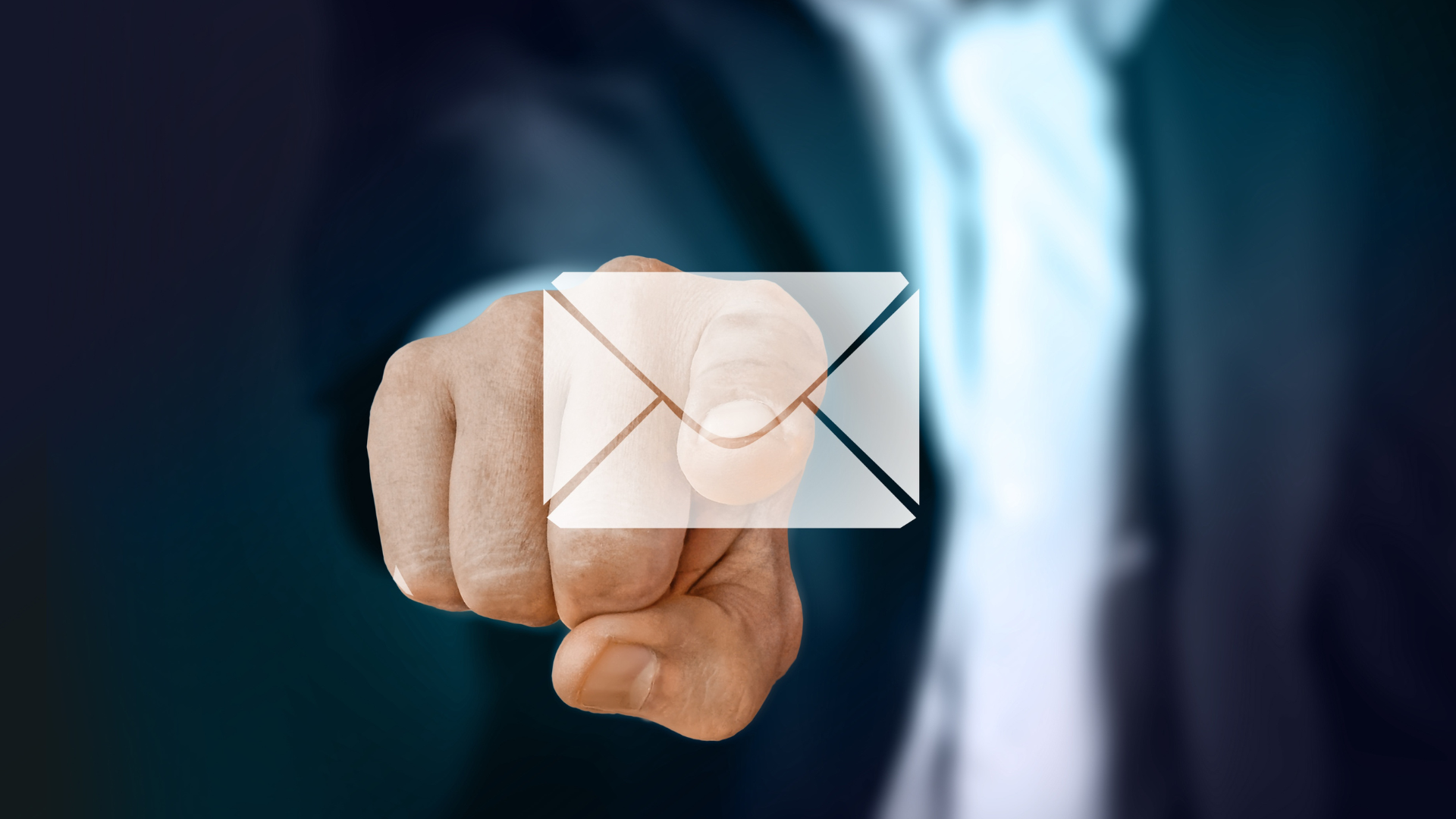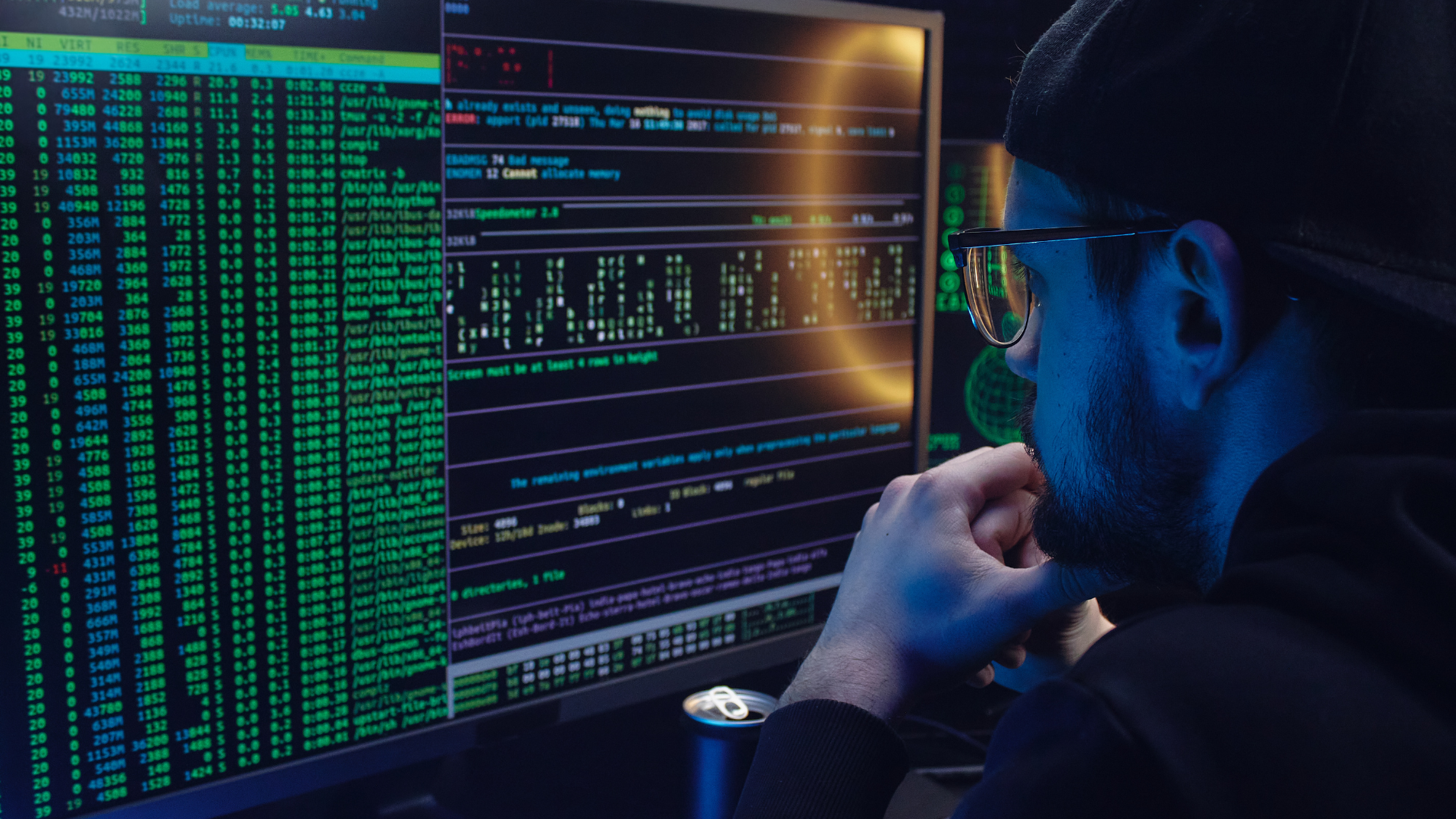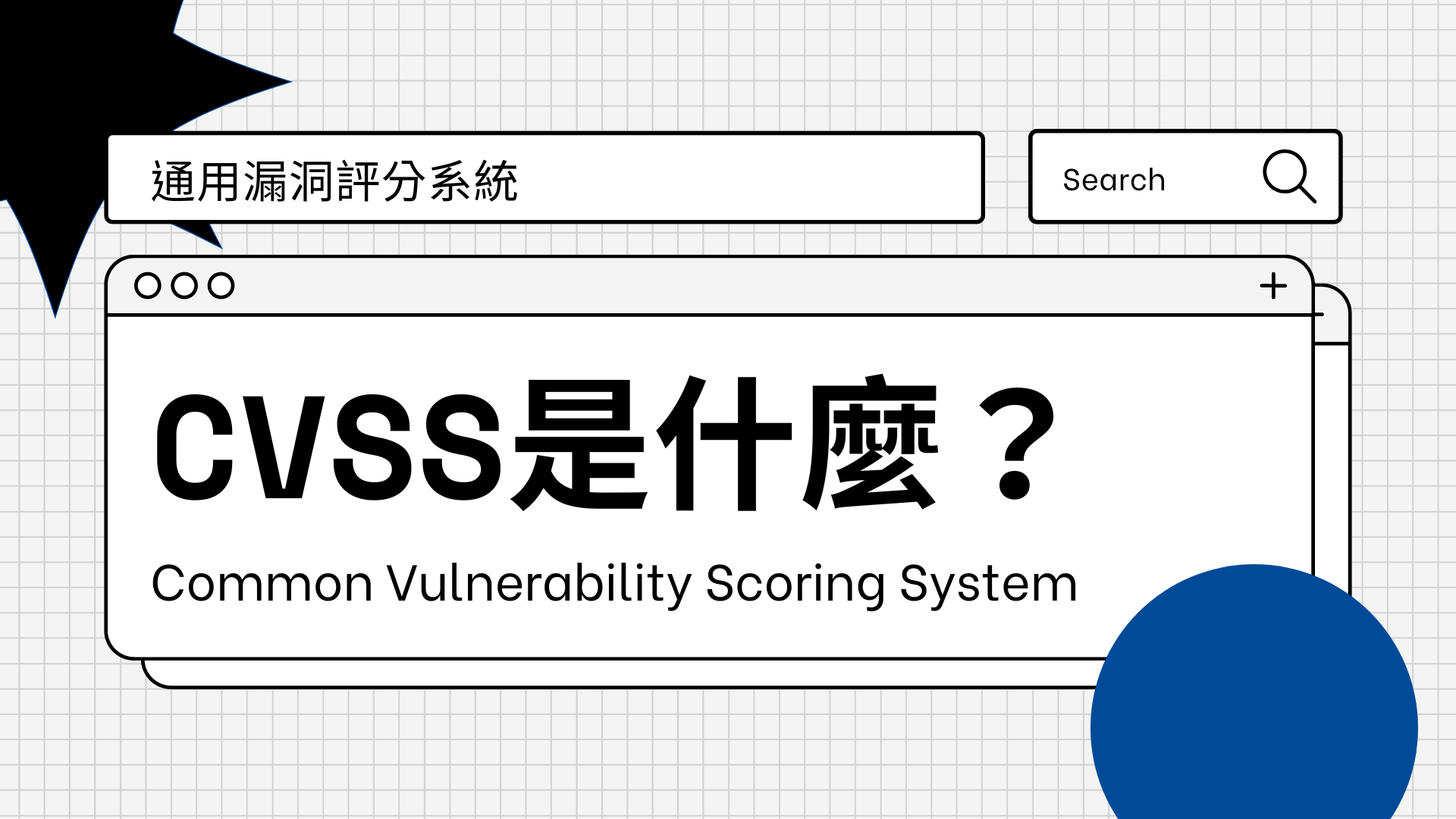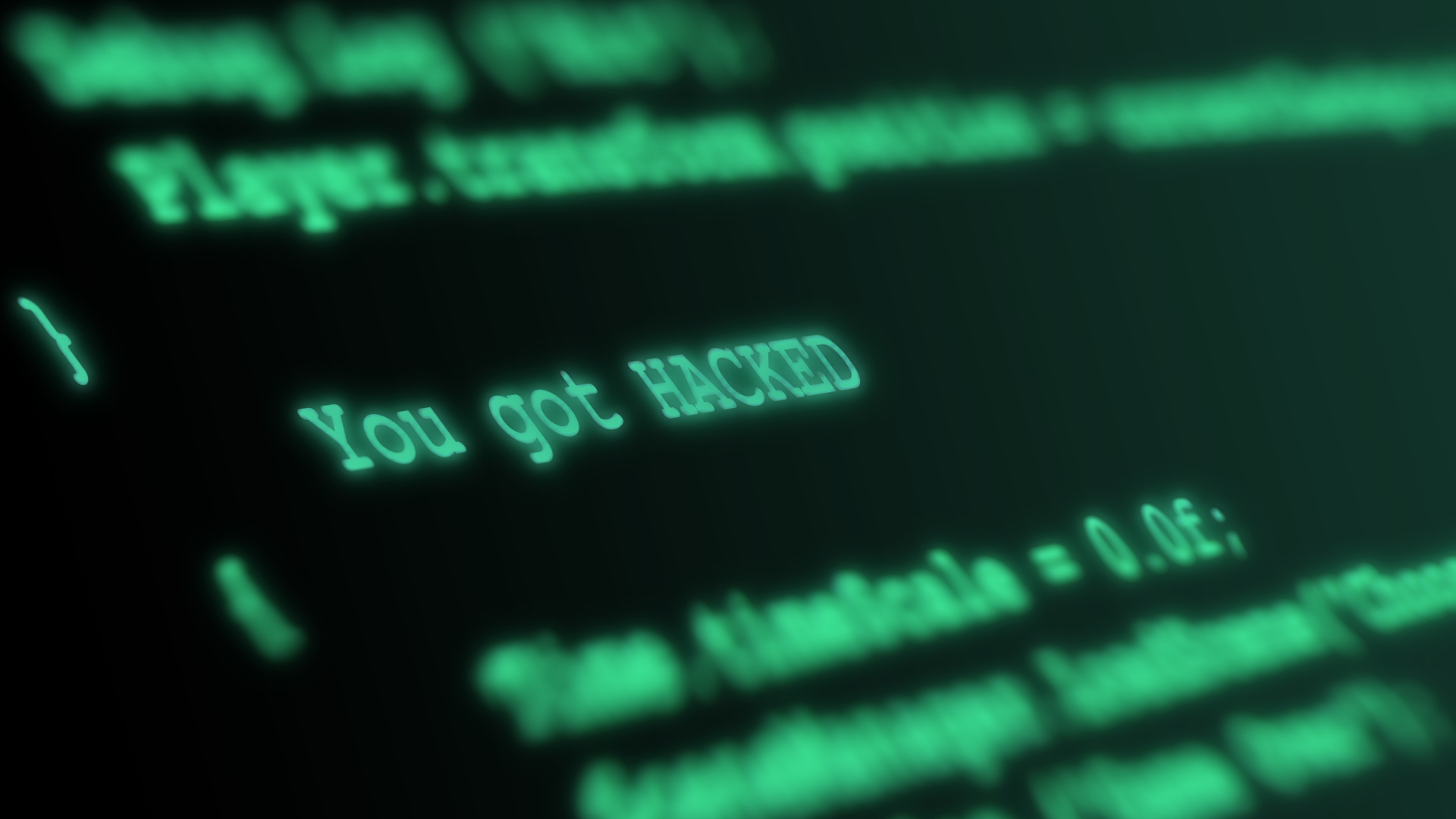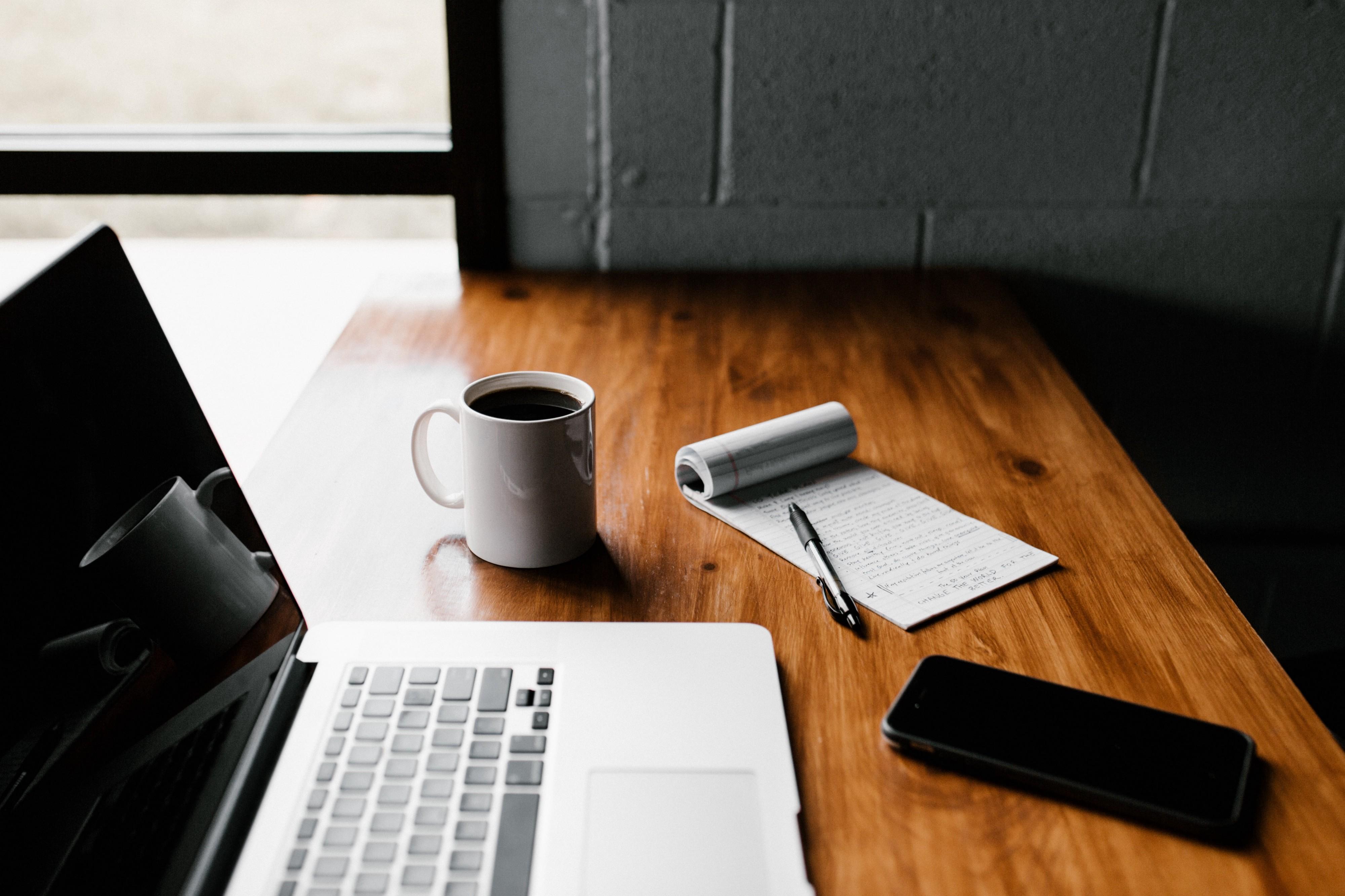
The Secret to Increasing Workplace Productivity
May 3, 2021
A learning from McDonald's
When I was in university, I did a part-time job at McDonald's. I made burgers and fries in the kitchen. I'm not sure how it is around the world and I don't know how it is currently but I was told to "clean as you go". This "clean as you go" means to clean the kitchen continuously during our spare time when there is no order coming. Therefore, I will always be either preparing or cleaning during my work time.
I found this concept efficient because I don't need to spend a lot of time cleaning afterwards. And the stress of cleaning at the end of the day will be less significant since the kitchen is already quite clean. This was only in my mind but I call this "One-pass operation" where I do preparation of food and cleaning in a single operation. This "One-pass" came from a term for scanners. Back in the old days when scanner was just released to the market, a scanner had to scan each color so a scanner needed to scan 3 times (RGB). After a while, a new type of scanner came into the market where it can scan all colors in one time scan. When this type of scanner came to the market, it was called "One-pass scanner", compared to "Three-pass scanner". It is obvious that "One-pass" was far quicker than "Three-pass".
My learning from McDonald's is that "One-pass operation" is far more efficient than multiple-pass operation.
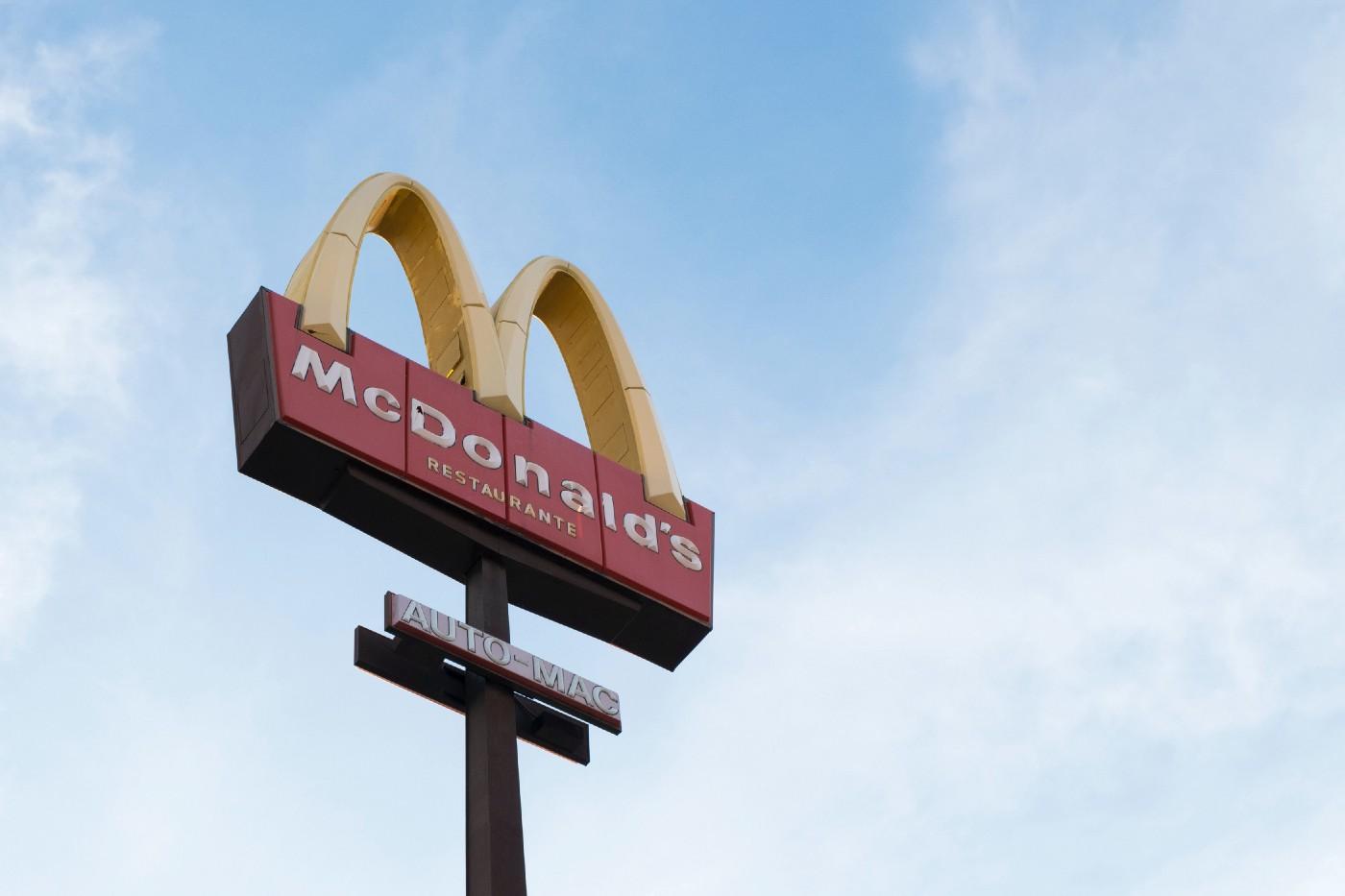
The inefficient days
When I started to work, most of the computers were desktop. And indeed, the one I used was a desktop computer. Since it was impossible to take a desktop computer around, I always brought a physical notebook to attend a meeting and took memos. Back in those days, I think I consumed one notebook in a quarter. This means after 3 years, I will be having more than 10 notebooks. And even if I wanted to look for the memo I took previously, it was impossible to find that certain memo I wanted. Plus, since I have a really bad handwriting, there were many pages which I could not read. During the times when email was not popular, we never shared our memo. We just reported our memos orally.
I believe we started sharing meeting minutes as email became popular. Laptop PCs also became popular during that time. But since laptop PCs were quite heavy and the battery could not last for the entire day so physical notebooks were still the most common way to take notes. Then my workload suddenly became time consuming as I was asked to report on a meeting I held. After the meeting, once I went back to the office, I needed to read my notes, type those into my computer and send it as an email to share. Although it was time consuming, it became much easier to search for previous meeting minutes by searching in my email application.
After a few years, it became more popular to bring laptops to meetings. This made me shift from taking notes physically to typing into the pc in real-time. Most of the time, sales materials were printed to give to the attendees so I didn't have to use my pc for presentations. But I still needed to do the sending procedure by using an email application. In those days, I needed to do those actions once I got back to the office since we didn't have mobile phones which could tether an internet connection.
For many many years, "One-pass operation" of reporting meeting minutes was impossible.
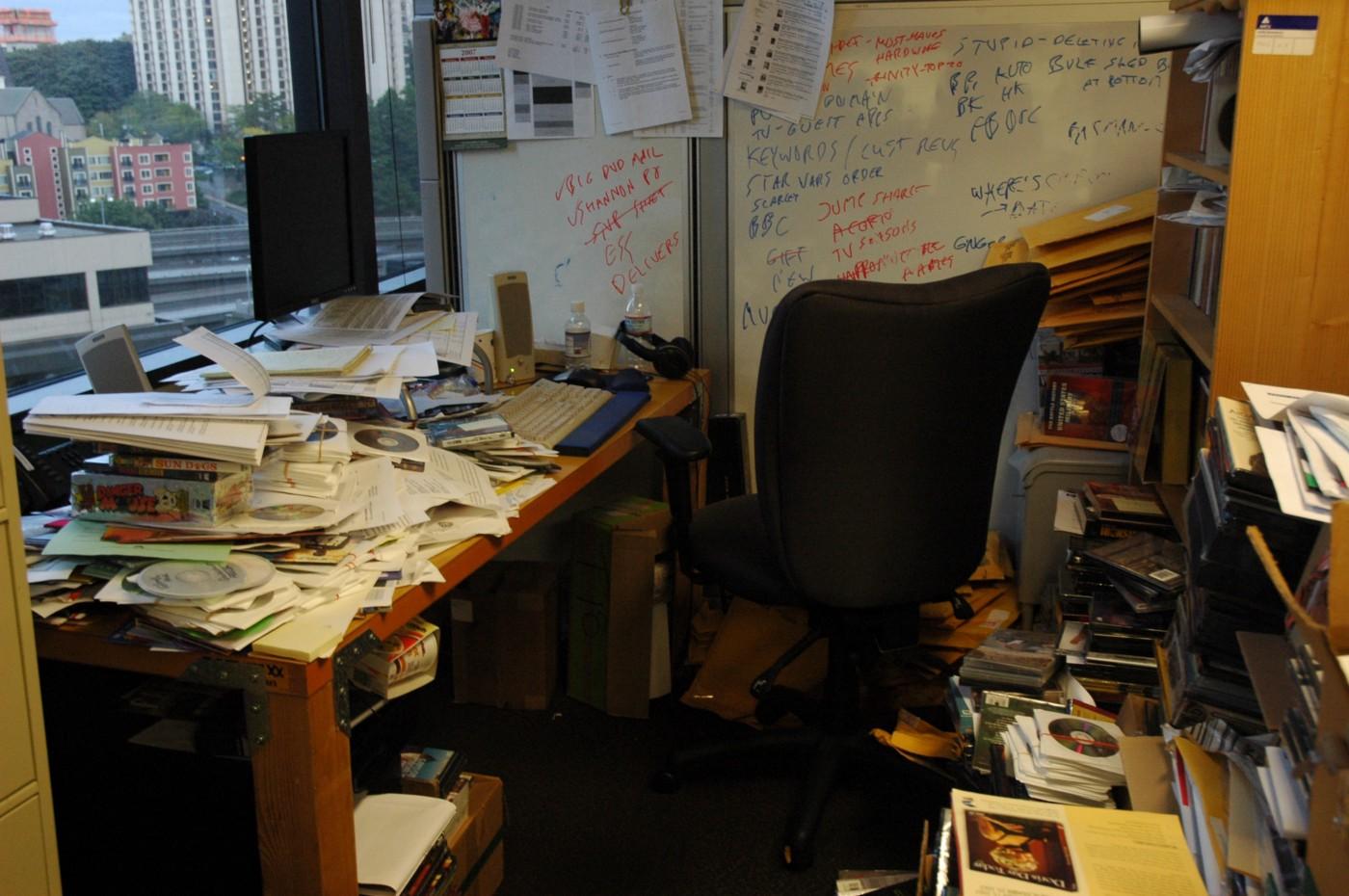
Memo as you go
Things changed once we started to use collaboration applications such as Google Doc with the shift of the world where we can always connect to the internet with our smartphone. Once I write a memo of a meeting, it is already shared to our members. Today, "One-pass operation", "Memo as you go" is possible. This is really efficient since I don't need to do additional tasks to report my memo to others. Of course, sometimes I do edit my notes afterwards and sometimes I do actions to share to different members.
Another good part about collaborating applications such as Google Doc is that it can be edited by multiple people at the same time. Most of the time for our sales, a salesperson will go to a customer's place with an engineer and the engineer will assist with the technical questions. In this case, both people can open the same collaboration document and write a memo at the same time. It is quite difficult for a person to talk and type at the same time. But in this way, one person can focus on talking and the other can memo the conversations so that the memo can be more completed.
Because of COVID-19, oftentimes we will be holding meetings online. Even if the meeting is online and even if members are in different locations, our members can open the same document and write down a memo together.
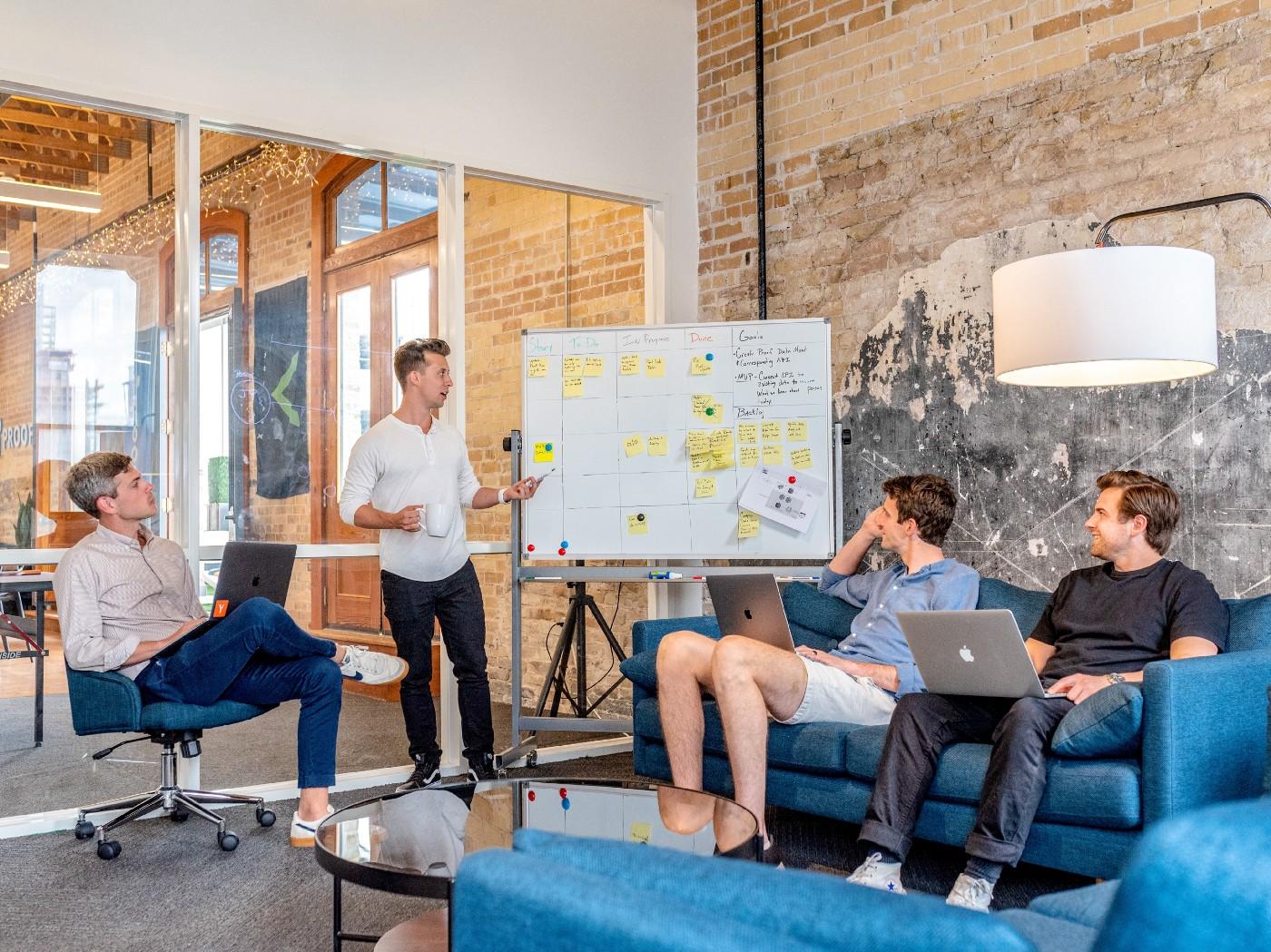
Natural Digital Transformation (DX)
If you ask whether this is an example of digital transformation or not, I believe the answer is yes. However, this transformation was not intentionally done. It just evolved naturally as technology advanced.
I believe the key to efficiency is to make "Multi-pass operation" into "One-pass operation". And, if you find some operation which is "Multi-pass", I think it is good timing to think about how to transform that task into "One-pass". But indeed, there are many operations which can not be simplified due to lack of solutions with our current level of technology. Although how technology evolves might be different from our prediction, there are new technologies born everyday. And I believe eventually, we will be able to find good solutions to make our tasks more efficient.
As a member of a company whose mission is to "Liberate Technology", I hope we could provide a solution which can make "Multi-pass operation" into "One-pass operation".
喜歡這篇文章嗎?歡迎分享出去!

